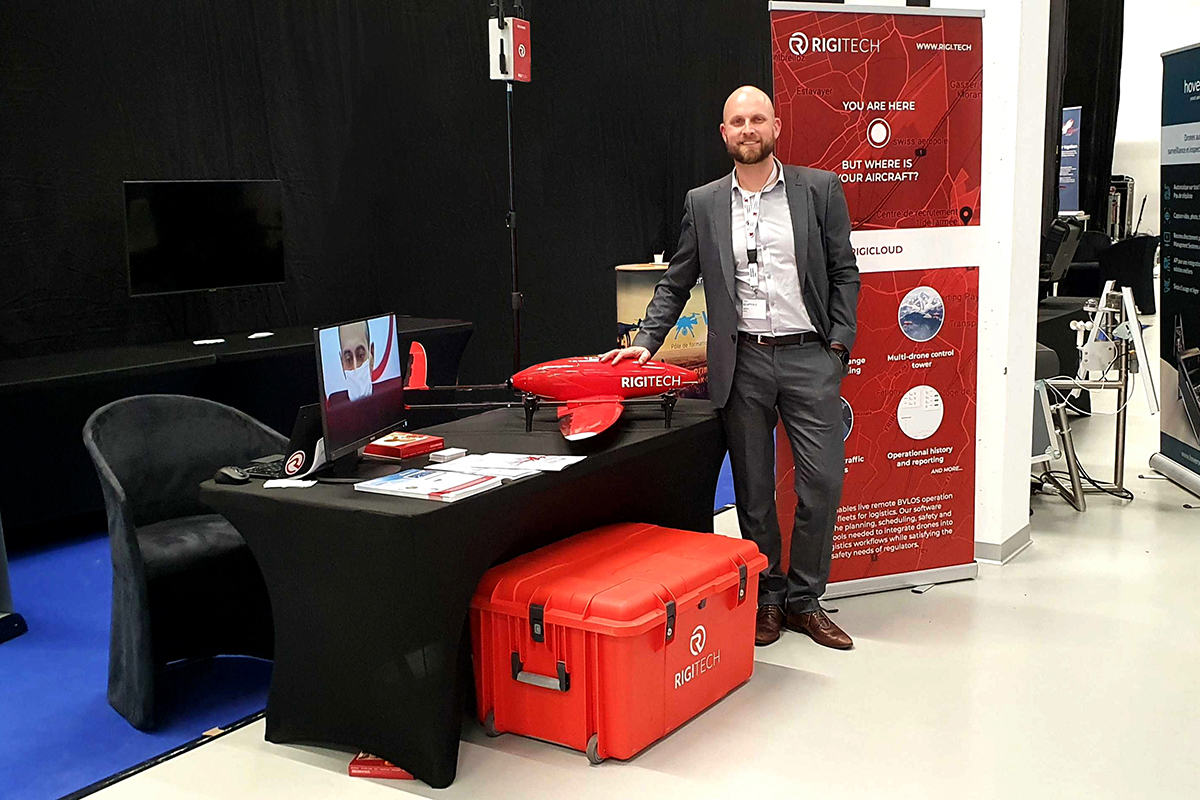Thank you for joining us at this year’s edition of ROTORS Switzerland, organised by the Swiss Aerospace Cluster. We are very grateful to have shared the space with more than 50 companies, and participate in this networking event with more than 300 visitors in Payerne.
With RigiTech’s CEO Adam Klaptocz in attendance, we used this opportunity to interact with colleagues in the drone and helicopter space, exchange ideas and discuss how manned and unmanned vehicles can effectively co-exist in the sky. Some of the larger players present at this year’s event included memorable static display helicopters from the Swiss Air Force (presented by RUAG), Bell Helicopters and Kopter / Leonardo.
On Tuesday, Klaptocz spoke and shared his vision for automating aerial logistics in the future, and the work that is already underway at RigiTech to make it a reality. While focusing on some of the most evident benefits of drone delivery, Klaptocz highlighted the opportunity to reduce delivery time and overall ground traffic, the optimisation of logistics costs by centralising storage, and improved communication and access for rural and suburban areas.
The key focus, however, was airspace coexistence; “Drone delivery is a stepping stone to the automated airspace of the future”, said Klaptocz. “The problems that we are addressing today, including access to airspace, deconfliction, inter-platform communication and remote supervision are the same that are faced by the Air Taxis (UAM) of the future. Testing these technologies on delivery drones will make the integration of UAM safer when that technology matures.”
RigiTech’s commitment to innovation in drone delivery comes as an answer to the growing demand for logistics solutions around the world. As commercial needs change over time, we are evolving into new networks and driving technological progress that match them.
A final call to action in Klaptocz’s talk emphasised the need for collaboration within the industry, to tackle complex obstacles like improving mobile connectivity for UASs, removing the need for ground-based operators and allowing multi-drone supervision in regulations. He also noted the need for further coordination between different drone platforms, the standardisation of drone APIs to UTM, and facilitation of airspace ATC/UTM integrations.


